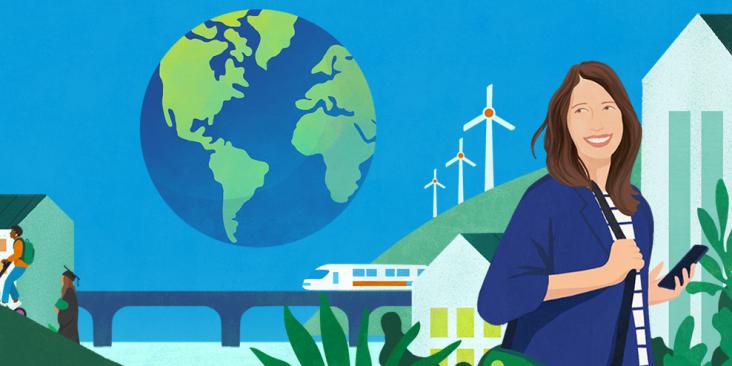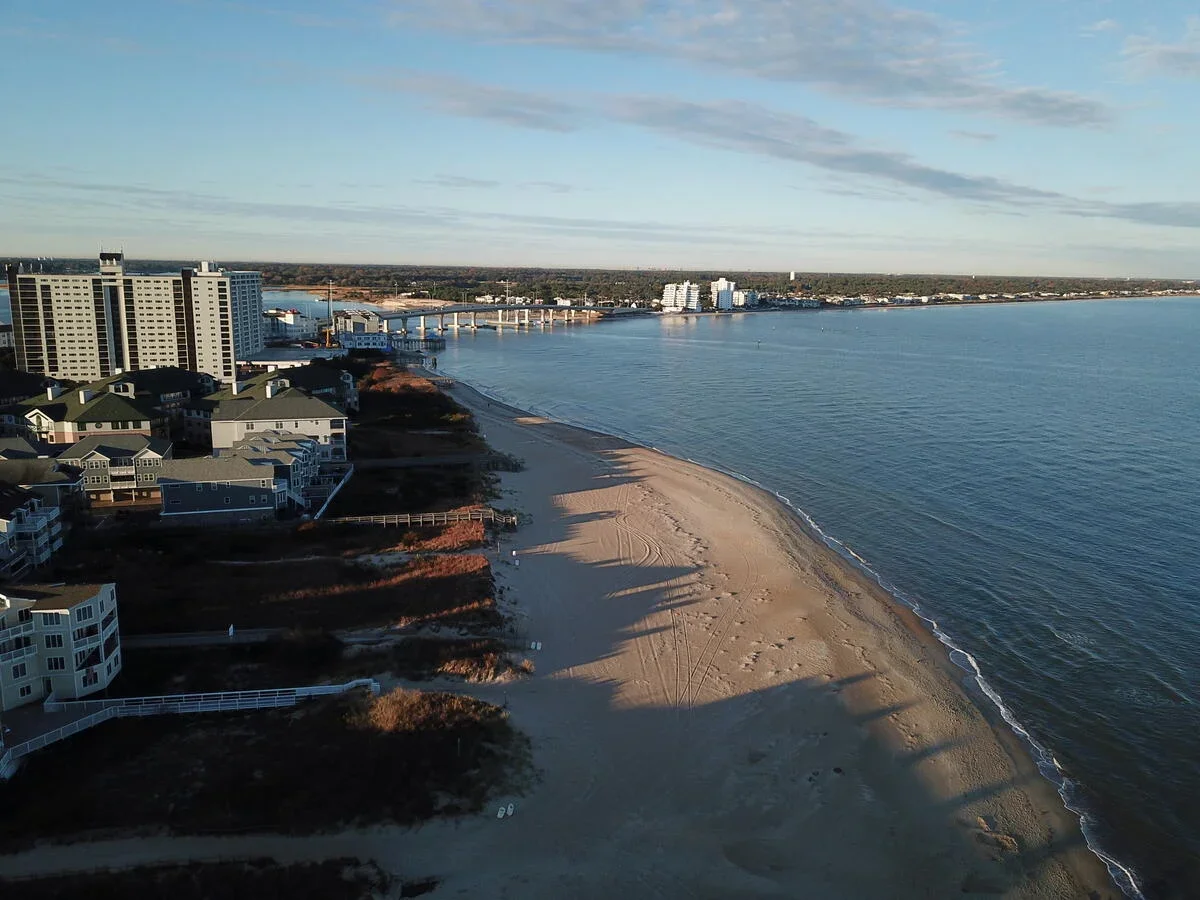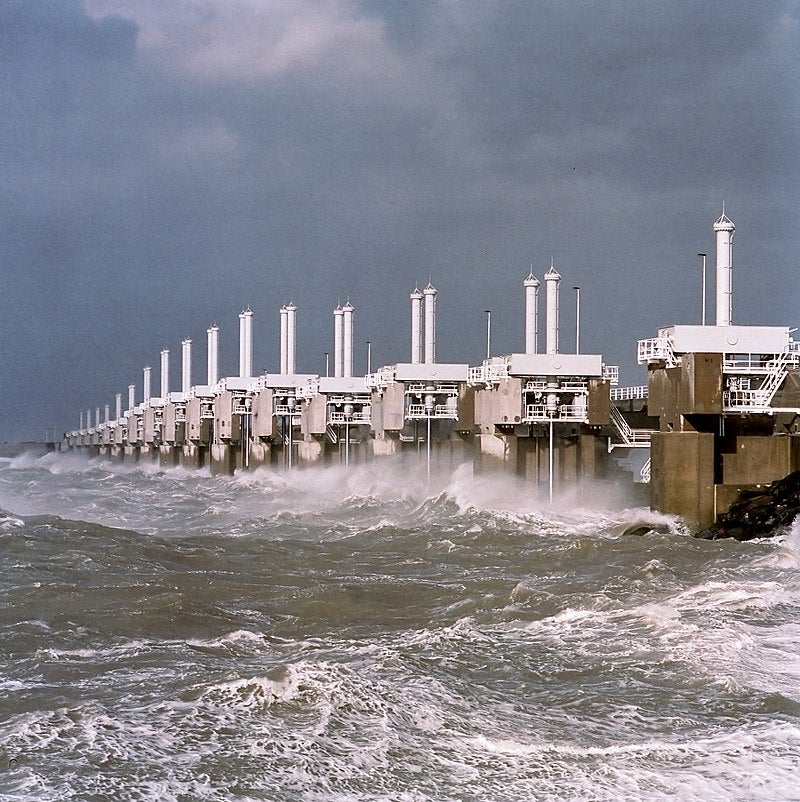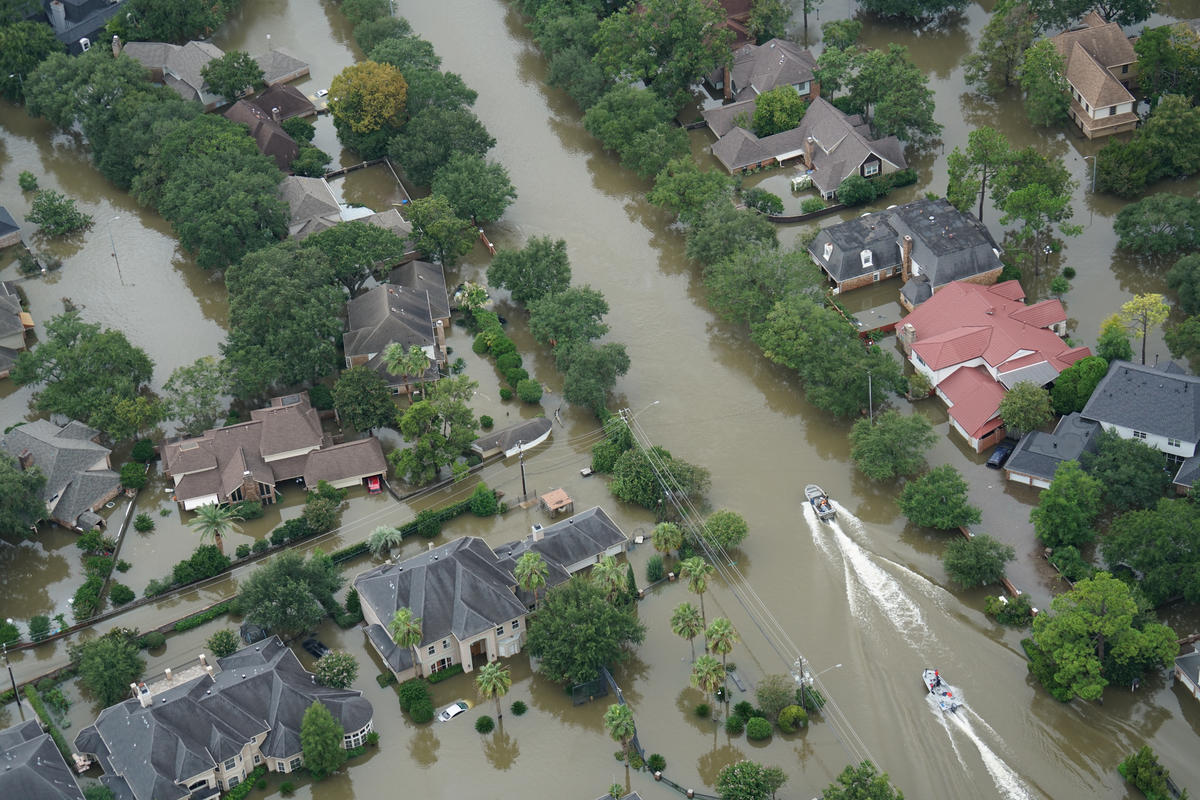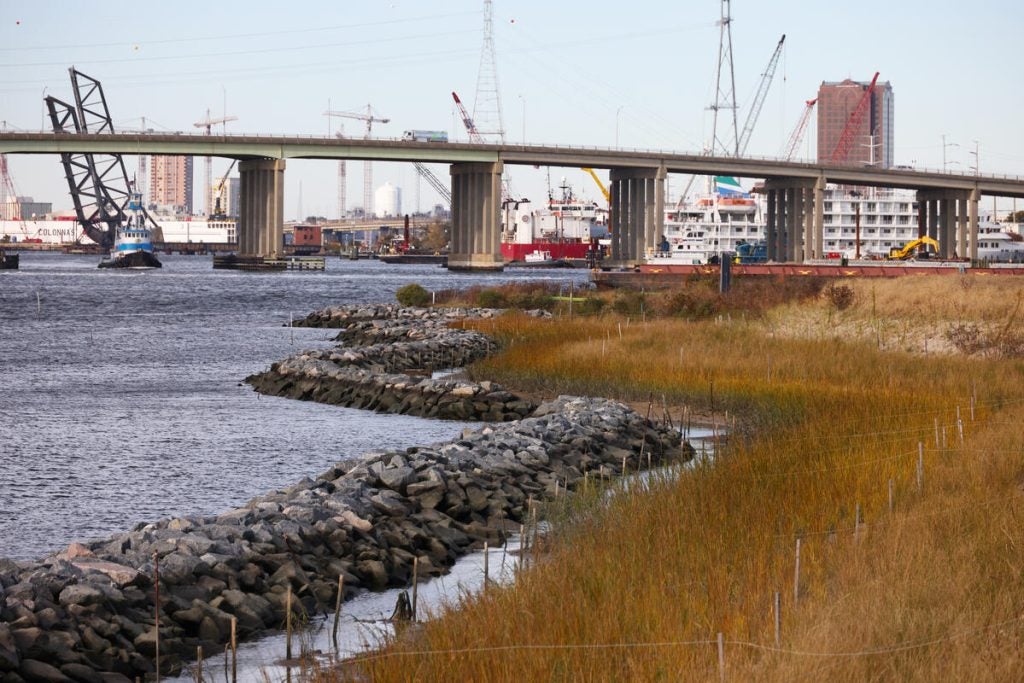In recent years, flash floods have decimated homes, businesses and communities in southwest Virginia and families are still recovering and rebuilding from the damage. Research shows that investing in flood resilience saves at least $6 for every $1 spent pre-disaster, which is why it’s so important to start planning for climate impacts now.
While many localities are taking steps to plan for current and future climate impacts, many lower-resourced, small or rural communities need additional support from statewide planning initiatives, funding programs and technical assistance to address their flood risk. Virginia leaders must continue to build flood resilience through four big initiatives.









